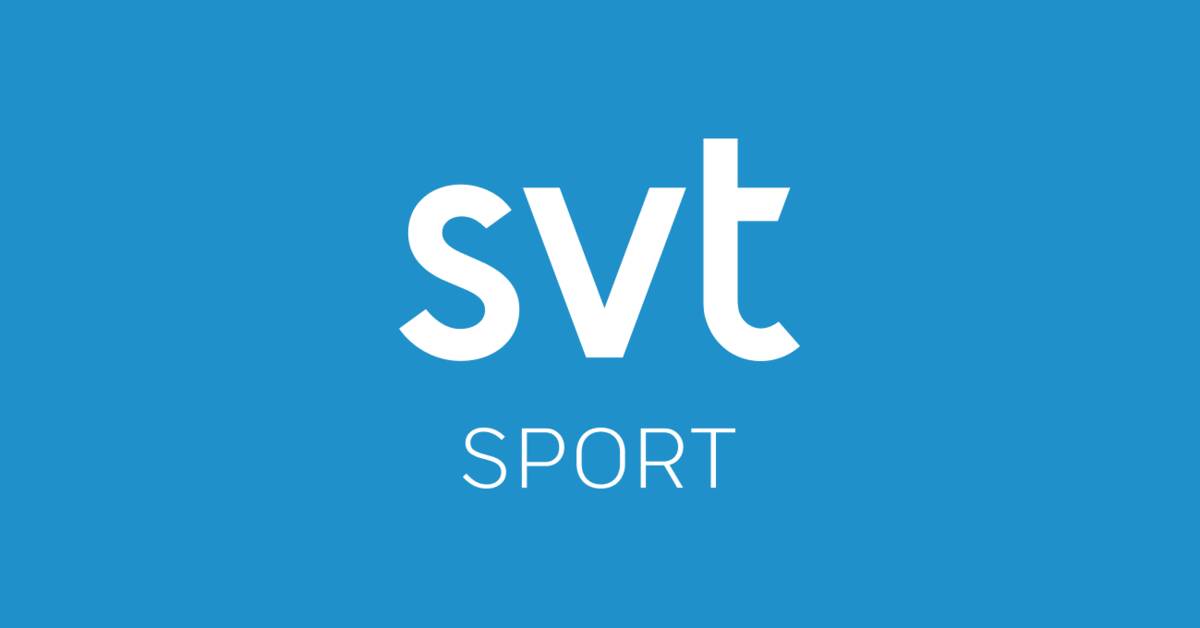To reach the World Cup Budapest at the end of August, there are two ways to go: Either via the qualification limit or via the rankings. Thunderstorm is set to try to reach his first World Cup outdoors via the rankings.
"If you look historically, it's crazy what they have increased in all events, but they want you to qualify via the rankings. This means that you chase the bigger competitions to get as much points as possible, says Åskag.
Last year, ten female triple jumpers passed this year's tough qualifying limit of 14.52, which can be compared to a World Cup final having twelve participants. The ranking system means that placements in major competitions give higher scores and Åskag has thoughts on tactical competition.
"You have to be in a good position with the competition organizers to get into these competitions. I definitely want to qualify for the World Cup. It would be cool to be at a senior World Cup. It's only been the European Championships so far," she says.
"Probably won't take the qualifying limit this year"
What do you think of the ranking system?
"There are both pros and cons. So far, I have only qualified for the championships via the rankings, but it can also be misleading: A person who performed well last year can be high in the rankings while this year they have not performed as well but still be ahead of me. Elller that in terms of results you may have jumped shorter than me but done it on a better race and still be ahead of me after getting more ranking points.
A key figure is to be top 36 in the world, a list that the international athletics federation World Athletics relates to in the selection. In terms of earnings, it was 14.01 last year.
"You have to keep track of that list and my coaches figure out how I can increase my average through different competitions, but the safest thing is to take the direct qualifying limit, but that may not happen this year," says Åskag.

